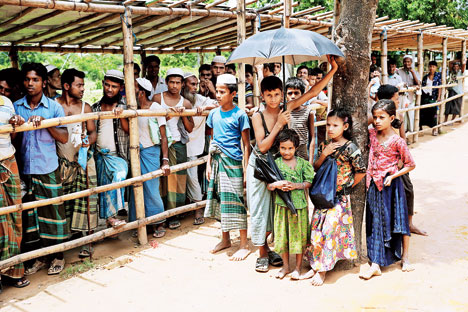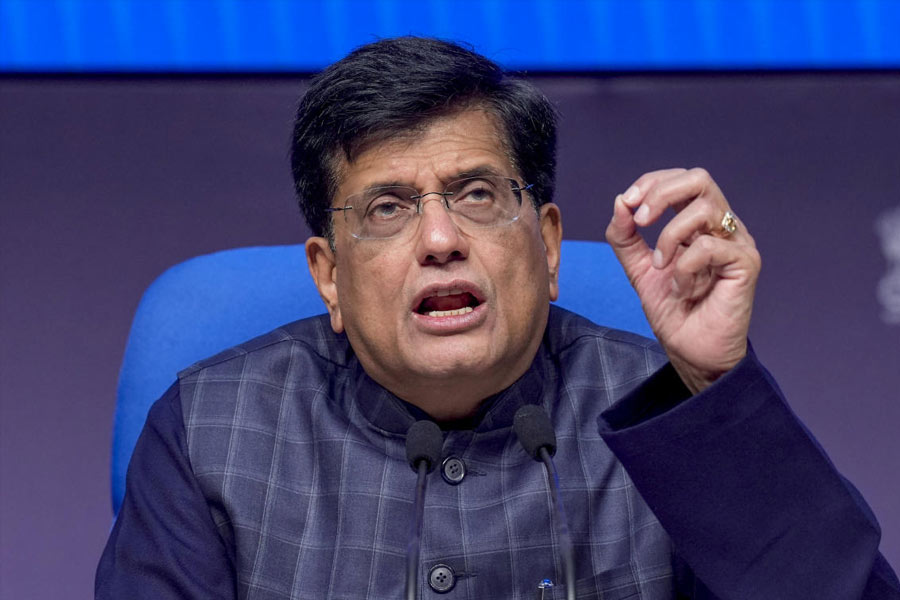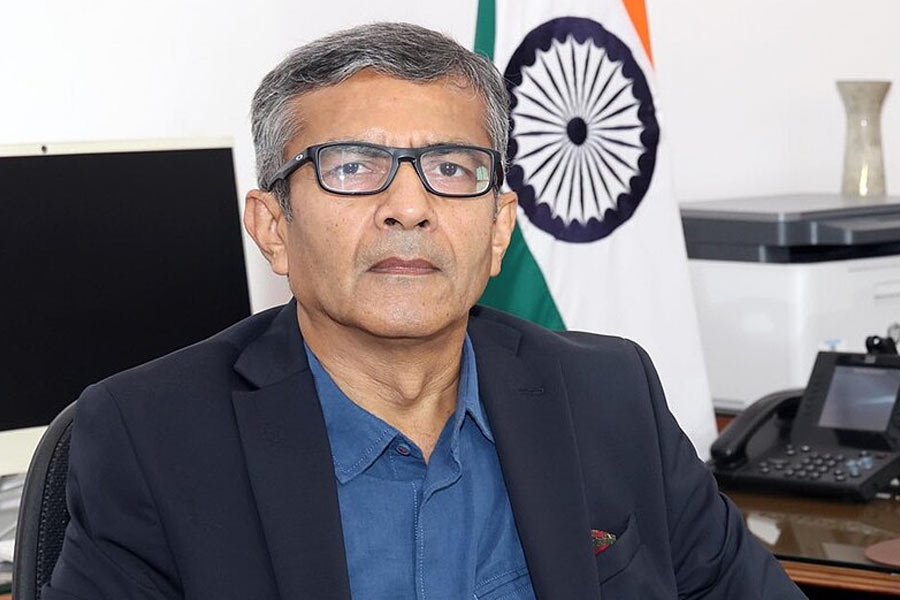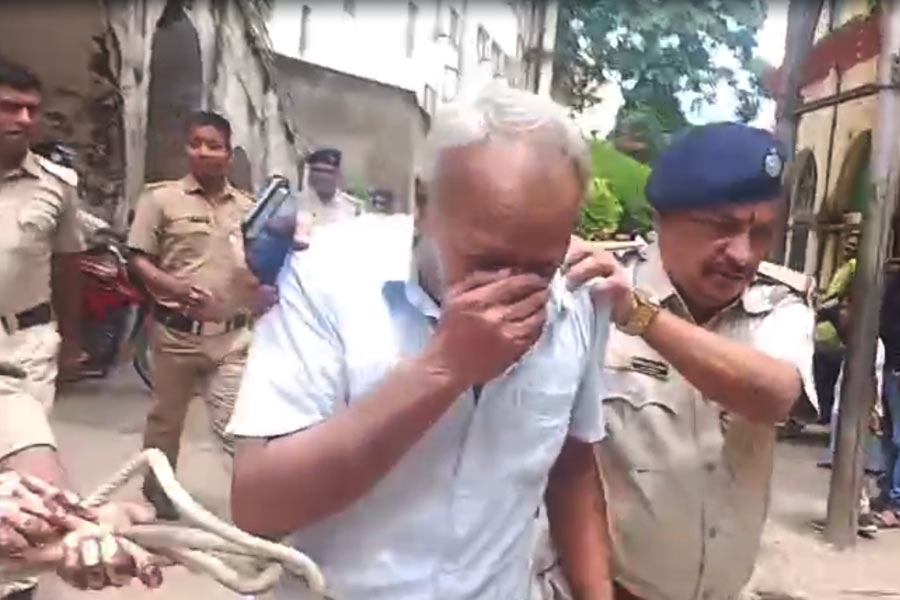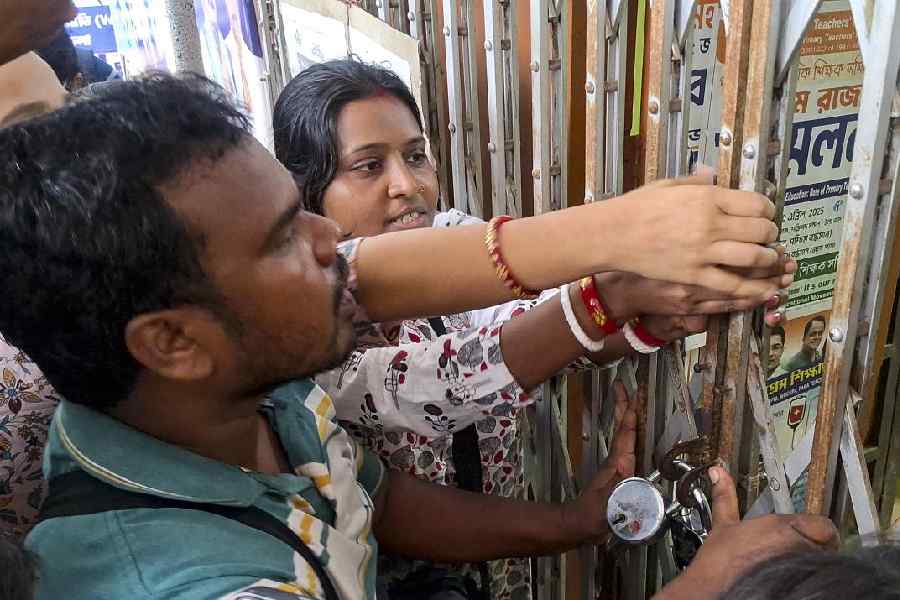
New Delhi: An estimated 87,500 new human immunodeficiency virus (HIV) infections occurred in 2017, the National AIDS Control Organisation said in a report released on Friday that added that the decline in new infections had "levelled off" in recent years.
India had an estimated 21.40 lakh people living with HIV by the end of 2017, with an adult prevalence rate of 0.22 per cent, Naco, an agency under the Union health ministry, said in a technical report with the latest HIV estimates. About 42 per cent of people living with HIV are women, the report said.
The report - the result of a biennial HIV estimation exercise - has also estimated that about 22,600 HIV-positive women in India gave birth in 2017 and needed anti-HIV treatment to prevent mother-to-child transmission of HIV.
Despite an overall decline, new HIV infections in five states - Arunachal Pradesh, Assam, Mizoram, Meghalaya and Uttarakhand - increased in 2017 compared to new infections in 2010.
The rise in some states indicates "there is no room for complacency", Bilali Camara, country director for UNAIDS, said in a statement appended to the report. "These trends need to be carefully monitored and the drivers of the local epidemic addressed with greatest urgency."
It said Mizoram had the highest HIV prevalence rate at 2.04 per cent, followed by Manipur (1.43 per cent) and Nagaland (1.15 per cent). Other states with HIV prevalence rates higher than the national average are Telangana, Andhra Pradesh, Karnataka, Goa, Maharashtra and Delhi. Jammu and Kashmir had the lowest prevalence of 0.03 per cent.
Maharashtra, among all states, had the highest number of HIV-infected persons estimated to be 3.3 lakh, followed by Andhra Pradesh (2.7 lakh) and Karnataka (2.47 lakh). Bengal had an estimated 1.4 lakh HIV-infected people while Bihar had 1.15 lakh people.
Public health experts believe HIV emerged in India during the mid-1980s and the number of new infections every year peaked in 1995 and then started to decline. The estimate of 87,580 new infections in 2017 implies an 85 per cent decline in annual new infections since the peak of the epidemic.
However, between 2010 and 2017, new HIV infections have declined by only 27 per cent. "The pace of decline has levelled off in recent years," Naco said. "The target is to achieve a 75 per cent reduction in new infections by 2020 from the baseline value of 2010."
Anti-retroviral therapy can help lengthen the lives of persons infected with HIV - a virus that attacks the immune system and puts the infected people at risk of life-threatening opportunistic infections. Several hundred thousand people infected with HIV receive free anti-retroviral treatment from the government.
The health ministry last year revised its antiretroviral therapy protocols to start treatment early for all patients. The ministry estimates that about 12 lakh HIV-infected persons are availing themselves of therapy from 530 centres.
Naco has also estimated that about 69,110 HIV-infected people died from AIDS-related causes during 2017. The annual AIDS-related deaths in the country peaked until 2005 and then started to decline.

